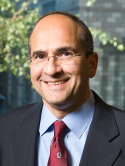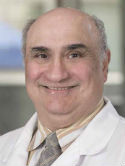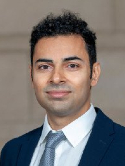| Abstract: |
Background:Maxillary reconstruction is a complex undertaking characterized by a 3-dimensional surgical site with deficiencies in multiple tissue types. Before virtual surgical planning (VSP), bony reconstruction was inaccurate and inefficient; thus, reconstructions defaulted to soft-tissue flaps or obturators. The current study describes an efficient and accurate approach to bony maxillary reconstruction with immediate dental implant placement (IDIP).Methods:A reconstructive workflow was developed for osseous reconstruction to improve functional and aesthetic outcomes. Critical aspects include VSP, 3-dimensionally printed plates, and IDIP. Review of a prospectively maintained database identified patients who underwent osseous maxillary reconstruction with a fibula flap and immediate dental implants from 2017 to 2022, with a focus on oncologic characteristics and reconstructive outcomes.Results:During the study, 20 patients underwent maxillary reconstruction with VSP and IDIP. One dental implant of 55 failed to osseointegrate, and no flaps were lost. Three patients experienced partial loss of the fibula skin island; 1 required palatal closure with a radial forearm flap, and 2 were managed with outpatient d & eacute;bridement. Fifteen patients achieved either an interim or final retained dental prosthesis. All prostheses achieved acceptable aesthetic results without the instability associated with non-bone-borne devices (eg, dentures/obturators). No patients experienced delays in oncologic treatment.Conclusions:VSP technology has enabled surgeons to replace like with like to achieve better outcomes with acceptable morbidity for maxillary defects. IDIP provides all patients an opportunity for a fixed prosthesis even though not all complete the process. This maxillary reconstruction workflow can be safely accomplished in oncologic patients with promising and effective early results.CLINICAL QUESTION/LEVEL OF EVIDENCE:Therapeutic, IV. |














